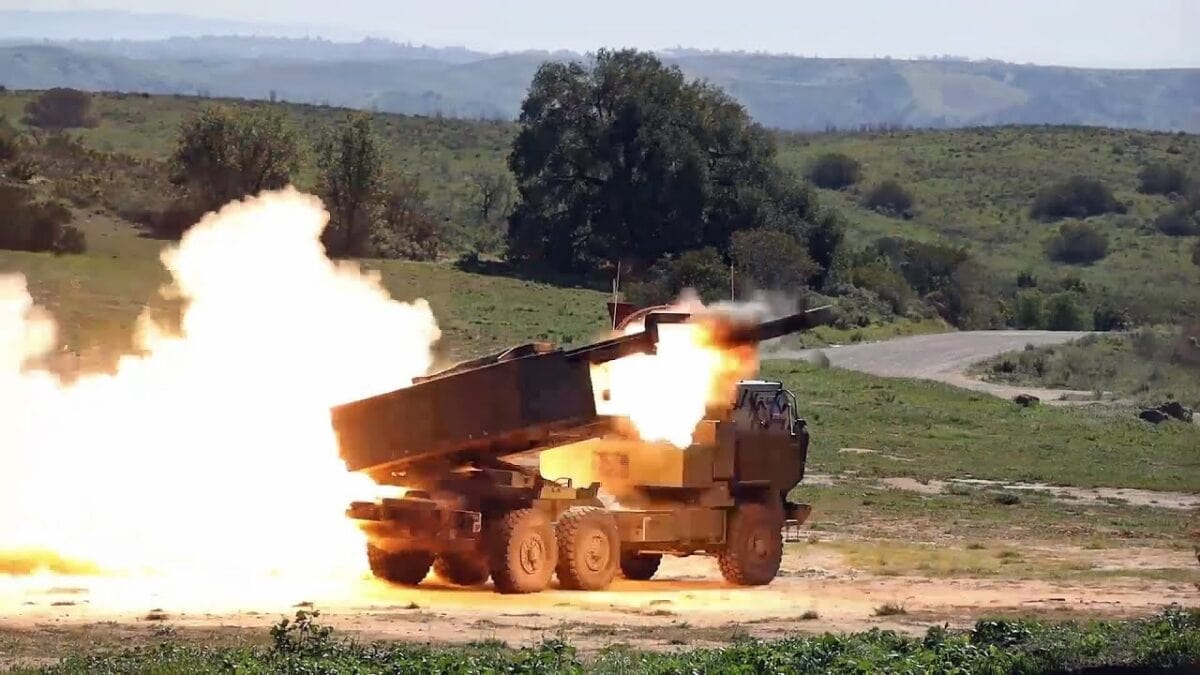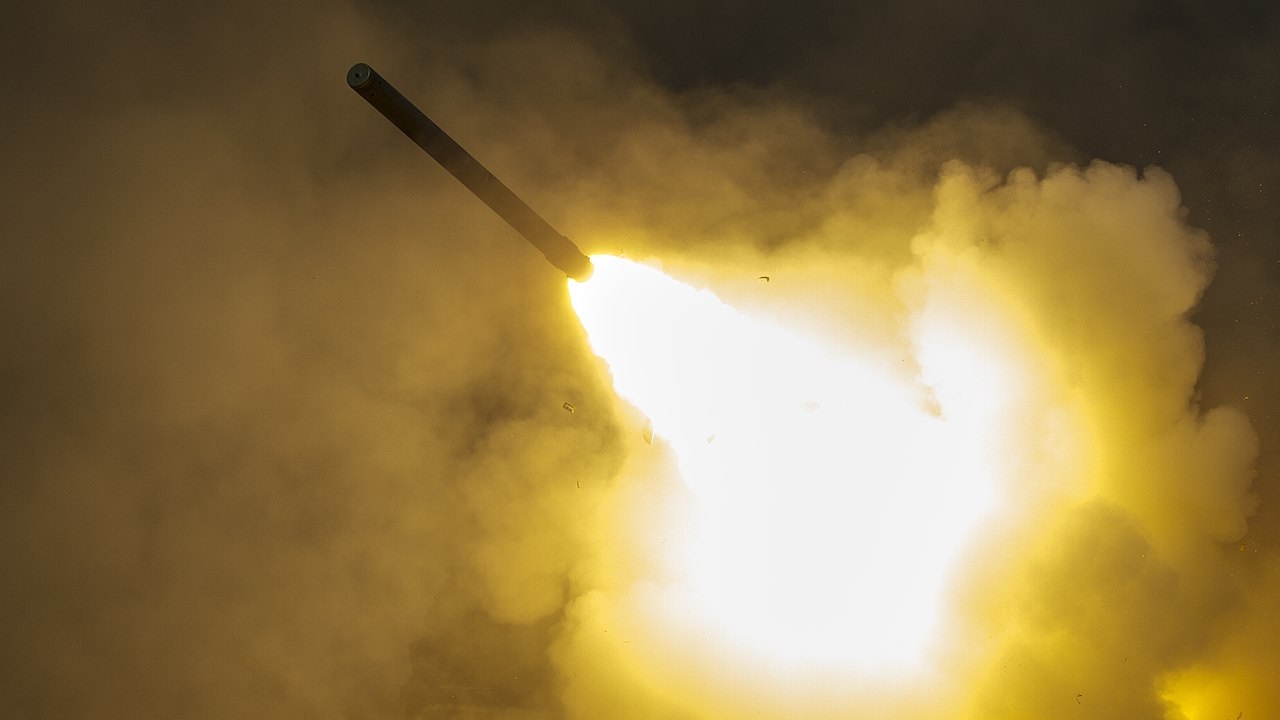The M142 High Mobility Artillery Rocket System (HIMARS) is undoubtedly the “summer star” of the war in Ukraine.
The American weapon system has enabled the Ukrainian military to halt the Russian advance across the battlefield and will be critical in the imminent counteroffensive in the country’s south.

M142 HIMARS example like the one at war in Ukraine. Image Credit: YouTube Screenshot.
The Artillery War Goes On
In its daily estimate of the war, the British Ministry of Defense focused on the artillery war and the measures the Russian military was taking to protect its line of communications and supply.
“Ukraine’s missile and artillery units continue to target Russian military strongholds, personnel clusters, logistical support bases and ammunition depots,” the British Military Intelligence assessed.
“This will highly likely impact Russian military logistical resupply and put pressure on Russian military combat support elements,” the British Ministry of Defense stated.
The HIMARS and M270 Multiple Launch Rocket System (MLRS) have really been putting pressure on the Russian forces. Simply put, the two weapon systems can launch a missile with devastating precision (the missiles are guided by global positioning system technology) at ranges well beyond Russian counterbattery fire.
Often, the HIMARS and M270 fire missiles from so far away that by the time the munitions hit their targets, the HIMARS and M270 have already left their firing positions.
The Russians are trying to find ways to counter the HIMARS but with mixed success.
“Russian forces have almost certainly positioned pyramidal radar reflectors in the water near the recently damaged Antonivskiy Bridge and by the recently damaged nearby rail bridge, both of which cross over the Dnipro River in Kherson, southern Ukraine,” the British Ministry of Defense stated.
“The radar reflectors are likely being used to hide the bridge from synthetic aperture radar imagery and possible missile targeting equipment. This highlights the threat Russia feels from the increased range and precision of Western-supplied systems,” the British Military Intelligence assessed.
HIMARS and Its Limitations
Perhaps the biggest limiting factor of the HIMARS right now is the missiles it uses.
With six launching tubes per HIMARS and 16 HIMARS in service or in transit, the Ukrainian military could be firing 96 missiles a day or 2,880 a month. And this number doesn’t include the M270s that have 12 launching tubes per vehicle. A standard HIMARS missile costs about $7.5 million. And 2880 missiles, or a month’s supply for the current Ukrainian HIMARS arsenal, costs almost $400 million. To be sure, the U.S. has proven that money isn’t an issue by providing almost $10 billion in security aid to Ukraine since the start of the war. But stock supplies are, and with a stock of between 30,000 and 50,000 missiles, the U.S. military can give out only so much.
So, the Ukrainian military has to be prudent with the targeting process that involves the HIMARS and M270 because, with a limited supply of munitions to go around, only the targets with the highest strategic value ought to be engaged.
1945’s New Defense and National Security Columnist, Stavros Atlamazoglou is a seasoned defense journalist specializing in special operations, a Hellenic Army veteran (national service with the 575th Marine Battalion and Army HQ), and a Johns Hopkins University graduate. His work has been featured in Business Insider, Sandboxx, and SOFREP.

